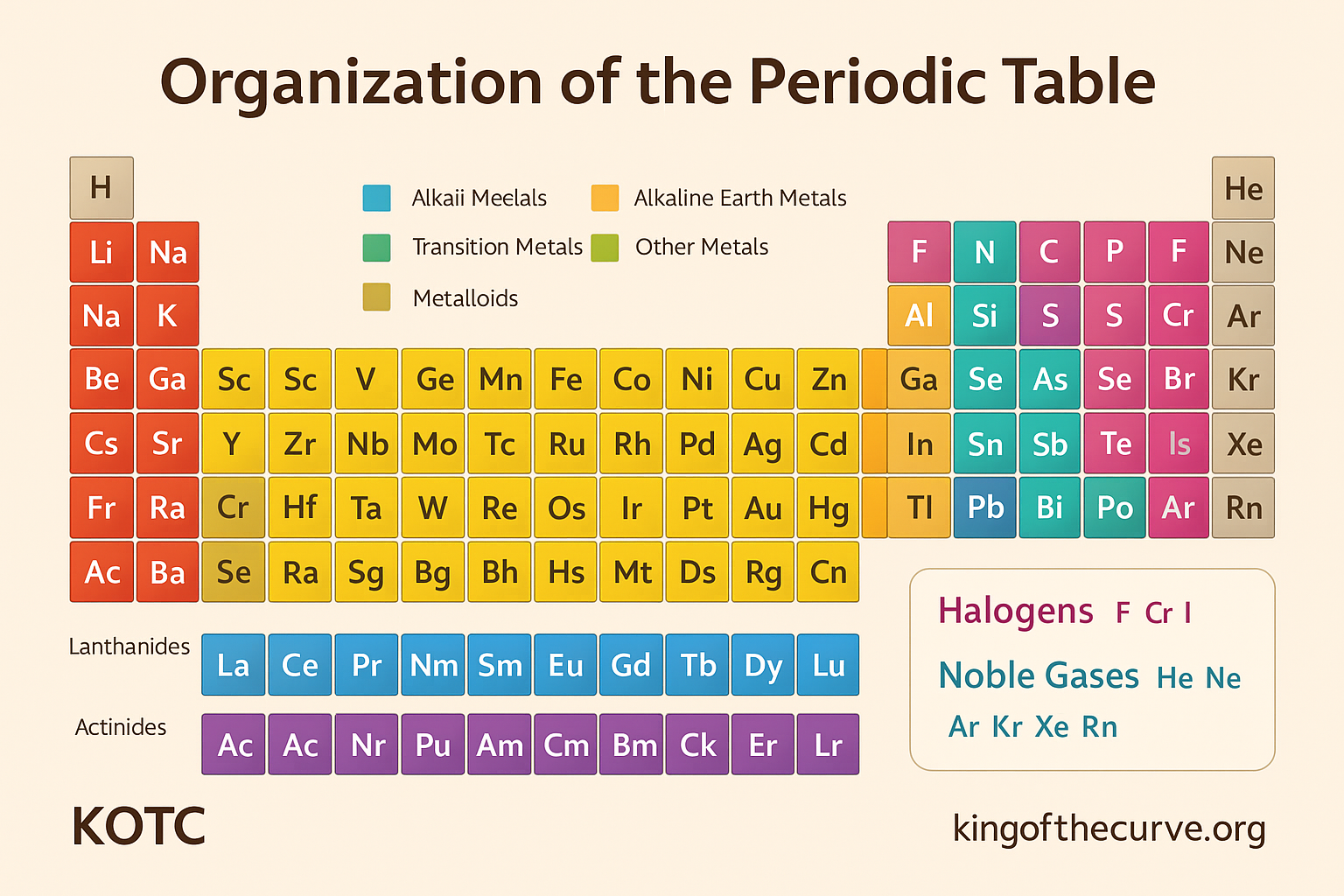
🧲 DAT Intermolecular Forces Explained: Hydrogen Bonding, Dipole, and Dispersion
Learn how intermolecular forces affect boiling point, polarity, and DAT chemistry questions. Includes visuals, test tips, and examples for hydrogen bonding, dipole-dipole, and London dispersion.

🧠 QT Prolongation on USMLE Step 1: Mechanism, Risky Drugs, and Torsades de Pointes
Learn why QT prolongation matters on Step 1. Understand the mechanism, major drug culprits, and how it leads to torsades de pointes. Includes KOTC visuals and mnemonics.

🧠 NCLEX Insulin Types, Onset, Peak, and Duration: Cheat Sheet for Nurses
Master insulin types for the NCLEX with this visual chart. Learn onset, peak, and duration for rapid, short, intermediate, and long-acting insulins.

🧬 How Eukaryotic Chromosomes Are Organized — From DNA to Chromosomes
Learn how DNA is packaged from double helix to duplicated chromosome. Use this KOTC visual to master chromatin structure for the MCAT.

🩺 How to Balance Sub-Internships and Step 2 CK Prep
Juggling a Sub-I and Step 2 CK prep? Learn how to manage both with efficient scheduling, KOTC tools, and actionable time-saving tips.

🧪 Master Periodic Trends for the DAT: Ionization Energy, Atomic Radius, Electronegativity
Understand how periodic trends affect ionization energy, atomic radius, and electronegativity—essential for DAT general chemistry. Visual breakdowns and DAT tips inside.

🧠 Blood-Brain Barrier: Structure, Function, and Clinical Relevance for USMLE Step 1
Learn how the blood-brain barrier works, what crosses it, and how its breakdown leads to classic Step 1 conditions. Visual aids and drug mnemonics included.

🧠 Pediatric Developmental Milestones for the NCLEX: Master the Must-Know Ages
Ace the NCLEX with this visual guide to pediatric milestones. Learn ages for walking, talking, fine motor skills, and more—all in one place.

⚽ Newton’s First Law of Motion: Explained with a Soccer Ball
Master Newton’s First Law with this soccer-themed KOTC visual guide. Perfect for MCAT physics prep. Learn how motion and force connect in a simple way.

🩺 How to Choose Your Medical Specialty: A Step-by-Step Guide for Students
Confused about which medical specialty fits you best? This guide helps you explore interests, assess lifestyle fit, and use tools like KOTC to guide your decision.

🧪 Buffers & Henderson-Hasselbalch
Learn how buffers maintain pH and master the Henderson-Hasselbalch equation for DAT success. Includes visuals, formula breakdowns, and test tips.

🧠 Urea Cycle Simplified for USMLE Step 1: Steps, Disorders, and Mnemonics
Master the urea cycle with this Step 1 breakdown. Includes key enzymes, nitrogen disposal, genetic disorders like OTC deficiency, and high-yield memory tricks.

🧠 10 NCLEX Test-Taking Strategies Every Nursing Student Should Know
Crush your NCLEX exam with these expert test-taking strategies. Learn how to eliminate answers, handle tricky SATA, and avoid common traps.

🎯 Incentive Theory of Motivation: What Drives Us?
Learn how incentive theory explains human motivation through external rewards. Get MCAT-ready with examples, comparisons, and a custom KOTC visual.

🩺 Mastering Shelf Exams: A Rotation-by-Rotation Strategy
Worried about upcoming shelf exams? Learn how to study effectively during each rotation and boost your Step 2 CK score at the same time.

⚖️ Le Chatelier’s Principle Explained: DAT Chemistry Equilibrium Strategy
Master Le Chatelier’s Principle for the DAT. Learn how systems shift at equilibrium, with visuals, tips, and real DAT-style scenarios for chemistry success.

🧠 Type I Hypersensitivity Reactions: Fast, Furious, and Fully Testable
Break down Type I hypersensitivity reactions with USMLE-ready visuals, mechanisms, and high-yield triggers like anaphylaxis, IgE, and mast cell activation.

🧠 How to Tackle NCLEX Select-All-That-Apply (SATA) Questions Without Panicking
Master NCLEX SATA questions with proven strategies, practice examples, and KOTC’s adaptive tools. Learn how to approach “select all that apply” with confidence.

🧪 Mastering the Periodic Table: Group Trends and MCAT Relevance
Understand how the periodic table is organized with this KOTC visual guide. Learn MCAT-relevant element groups, periodic trends, and chemistry strategies.

🩺 How to Secure Strong Letters of Recommendation for Residency
Learn how to request, manage, and strengthen your residency letters of recommendation. Tips for medical students from clinical rotations to ERAS.
